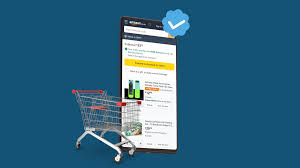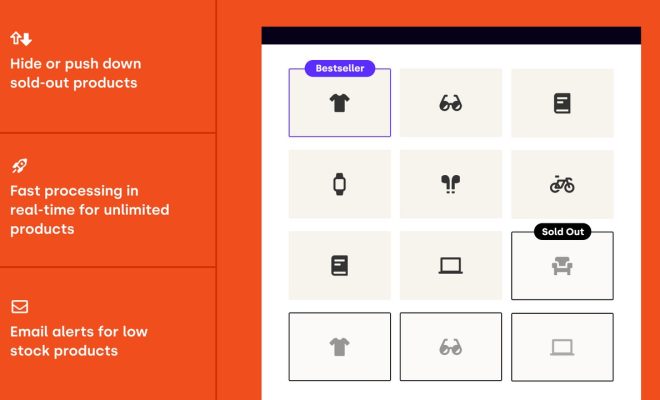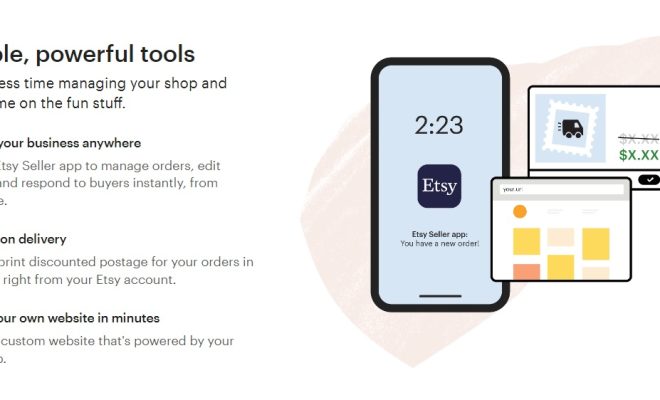19 Store Owners Share eCommerce Checkout Best Practices for 2024

E-commerce continues to boom, and with advancements in technology, there’s an ever-increasing focus on the checkout experience. We brought together insights from 19 store owners who are at the forefront of the digital retail industry to share their best practices for checkout optimization in 2024. Here’s what they had to say:
1.Simplicity is King
– Customers expect a straightforward and hassle-free checkout process. Eliminate any unnecessary steps and keep it as simple as possible.
2.Transparent Costs
– Unexpected costs are a major conversion killer. All charges should be disclosed upfront before the customer begins the checkout process.
3.Mobile Optimization
– With mobile commerce surging, ensure your checkout is fully optimized for mobile devices with fast loading times and easy navigation.
4.Guest Checkout Options
– Not everyone wants to create an account. Offer a guest checkout option to cater to those in a hurry or looking for a one-time purchase.
5.Multiple Payment Methods
– Accept a variety of payment options including digital wallets, cryptocurrencies, and installment payment services to accommodate customer preferences.
6.Security Trust Signals
– Display security badges and use HTTPS to reassure customers their data is safe, which is essential for maintaining trust.
7.Auto-Fill Capabilities
– Implement auto-fill technology to save customers time by using stored information securely when entering billing and shipping details.
8.Localized Experience
– Customize the checkout experience based on the customer’s location, including language preferences and localized currency and payment methods.
9.Real-Time Assistance
– Use chatbots or live chat support during the checkout process to assist with questions or issues that may arise.
10.Confirmation & Follow-Up
– Send immediate order confirmation after purchase and follow up with delivery updates to keep the customer informed.
11.Save Cart Functionality
– Allow customers to save their carts so they can return later and complete their purchases without hassle.
12.Clear Call-to-Action (CTA) Buttons
– Use prominent CTA buttons that stand out and use actionable language like “Complete Purchase” or “Go To Payment.”
13.Effective Cart Abandonment Strategies
– Implement strategies such as retargeting ads, abandoned cart emails, or incentives to lure customers back.
14.A/B Testing Checkout Pages
– Continuously test different versions of your checkout page to determine which layout or copy performs better.
15.Visual Progress Indicators
– Let customers know where they are in the process with visual progress bars or indicators.
16.Seamless Branding Throughout
– Ensure that your checkout pages match your brand’s aesthetic, creating a seamless experience from start to finish.
17.Accessibility Features
– Make sure your checkout process is accessible to all users, including those with disabilities, by adhering to web accessibility standards.
18.Post-Purchase Upsell Opportunities
– Carefully offer additional items after the initial purchase has been made but ensure it doesn’t detract from user satisfaction.
19.Feedback Loop for Continuous Improvement
– Encourage customers to give feedback on their checkout experience and use this data to make ongoing improvements.
As we look toward e-commerce in 2024, these shared experiences from store owners highlight the importance of an efficient, secure, and user-friendly checkout process—an integral component of any successful online retail business strategy.






